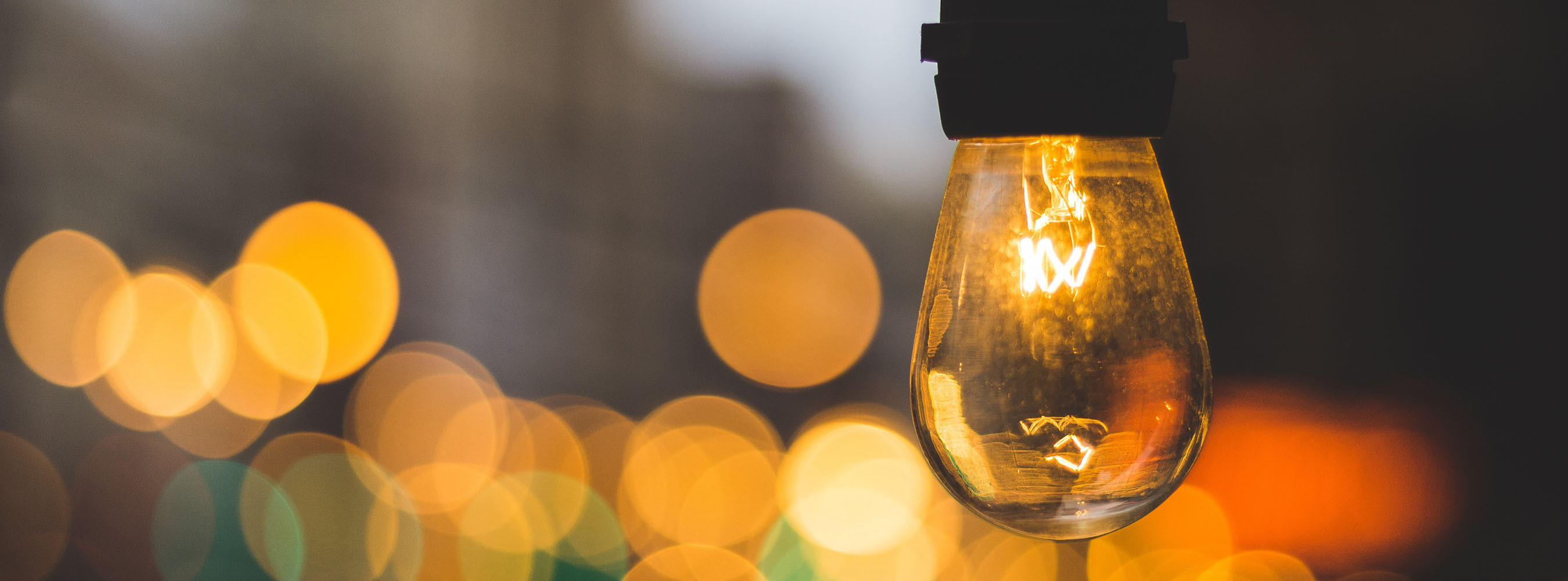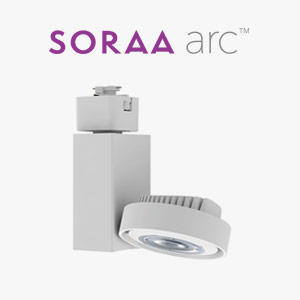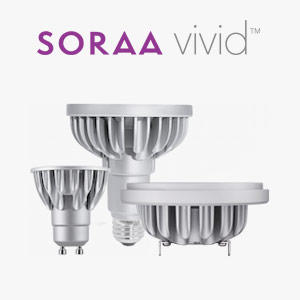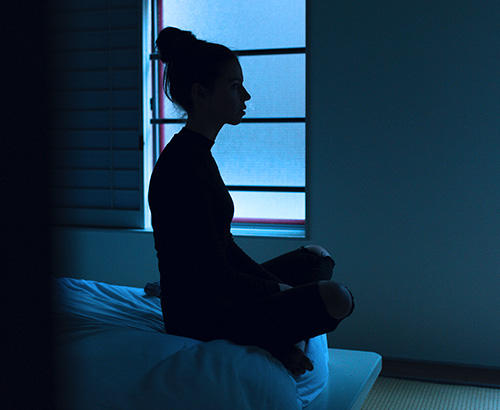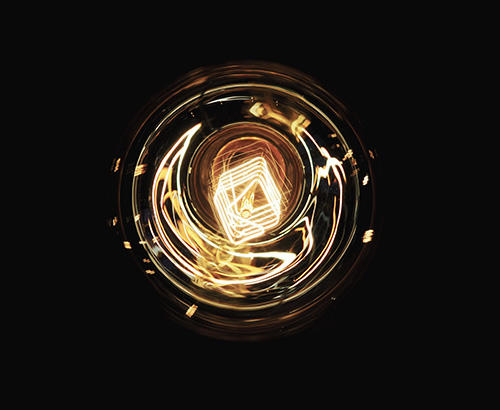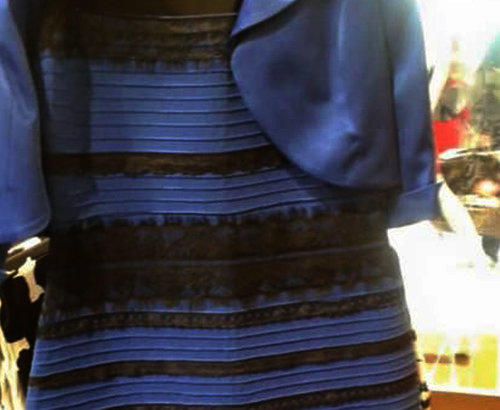I like this
LEDs are the way of the future. There’s no denying that. They’re affordable, they lower your energy costs, they last longer than other types of bulbs, and they’re more environmentally safe. But if you're ever wondered about the technology behind LEDs and how they work, this article is for you. We've thought up every detailed question you could ever want to know about light, lighting technology, and LED design, and pulled in our brilliant Chief Scientist, Aurelien David, to help us out.
What’s your official title? How would you describe your position?
I am Chief Scientist at SORAA. I direct our long-term research on LED technology. I also actively participate in research on LED efficiency improvements and color science.
Before we go into LED design, could you explain the differences between incandescent, halogen, and bulbs?
An incandescent is basically a heater. You run electrical current through a small metal wire to heat it up. A little bit (4%) of the electrical current is converted to visible light, the rest is wasted to infrared radiation (also known as heat!). It’s like heating up a piece of metal to a high enough temperature that it starts glowing red, only hotter. On the upside, incandescent light feels warm and comfortable, and renders colors nicely. But it’s very inefficient.
Halogen is like incandescent, but the filament is a bit hotter and marginally more efficient (5-6% instead of 4%). Unfortunately, it’s not possible to further increase the temperature of the filament past what a halogen does because it would burn up too fast.
Fluorescent is very different. There is a gas inside a tube (a mercury vapor), which gets excited by electricity, meaning the molecules in the gas acquire some energy from electrical current. Then, they release that energy by emitting ultraviolet radiation. The tube is coated with “fluorescent” materials (also called phosphors), which absorb this UV radiation and re-emit radiation at a longer wavelength. By selecting the right phosphors, you obtain light with a white color. This is more efficient than incandescent (say, 20% more), but there are drawbacks: for instance, colors usually look dull.
And LED?
LED is a completely different technology, in which a small piece of material called a semiconductor receives electrical current and converts part of the electrons’ energy into light. LEDs emit light at a well-defined wavelength, which is determined by the type of semiconductor the LED is made of. Like fluorescent lights, LEDs generally employ phosphors to convert the LED’s wavelength to other wavelengths and emit a broad spectrum of light. In principle, LEDs could be perfectly energy-efficient – and in practice, they have already surpassed other lighting technologies in nearly all applications.
What are the main physical parts of an LED?
In an LED bulb/lamp, the main parts are the LED emitter itself; the electronics (which convert the AC mains power to an electrical power the LED emitter can use); the heat sink (for dissipating heat); and the optic (for directing or diffusing the light).
If we zoom inside the LED emitter, we find many subparts. First, there is the LED chip proper, or the “pump LED”, which emits light at a specific wavelength (usually blue or violet). This LED chip is attached to a planar package and covered with a yellow-looking paste, which is a mix of a clear binder (or silicone) and of particles called phosphors. The phosphors absorb some of the pump light from the LED chip, and re-emit light at longer wavelengths (such as blue, green, yellow, and red). The spectrum coming out of the LED emitter combines pump light and phosphor-converted light. By selecting the proper phosphors (in terms of their emission wavelength and respective amounts), we can shape that spectrum.
How do LEDs work?
It’s hard to give a simple explanation! An LED is essentially a little piece of a material called a semiconductor. As that name indicates, such materials are less electrically-conductive than metals, but more conductive than insulators, and they have several useful properties. The electrons inside a semiconductor can be put in an “excited” state where they have some extra electrical energy. When they “fall” from this excited state to their rest state, this extra energy is given away and emitted as light. Crucially, each given type of semiconductor has a well-defined value for this extra energy, and thus electrons will emit light with a well-defined energy – and therefore, a well-defined wavelength.
So, in summary, an LED is a piece of semiconductor in which you direct excited electrons from an electrical current, the electrons lose energy, and you get light at a specific wavelength out of that.
What are some benefits of LEDs?
There are two good things about LEDs. First, this light-emission process could in principle be perfectly efficient, meaning that all the electrical power could become light. While we are not there yet, LEDs’ efficiency has already surpassed other lighting technologies. Second, by choosing the proper semiconductor material, we can emit light at any wavelength. In particular, GaN is the material of choice for violet and blue LEDs. The development of GaN in the 1990s is what made today’s LED lighting possible – and that work resulted in a Nobel Prize for SORAA founder Shuji Nakamura and two other scientists.
How do LEDs stay cool?
They don’t really! Unfortunately, real-world LEDs are not perfectly efficient. That means that some of the electrical power sent into the LED is converted to heat rather than light. This heat needs to be dissipated – hence LED lighting systems have a heatsink for radiating this waste heat. That said, LEDs don’t run nearly as hot as incandescent bulbs.
How do LEDs save energy?
They use a very different physical process for emitting light than other technologies. In principle, each electron sent into an LED could give us one photon – thus making them 100% efficient. The best pump LEDs, such as SORAA’s violet LEDs, reach a peak efficiency of nearly 90%. But in real-world applications we still lose some of this efficiency when converting the pump (violet) light into white light, and today’s white LED lighting systems are about 20-40% efficient (depending on a lot of other factors). That is a big improvement over other lighting technology.
What makes a good LED, and what gets in the way of making them better?
LEDs have already gone a long way and are now found in pretty much every lighting product. How do we improve them further? It all depends on what you call “better”!
According to some, LEDs are all about energy efficiency, and anything that will increase that efficiency is desirable.
For others –and SORAA is squarely in that camp– many important properties define the quality of an LED. Besides efficiency, this includes color quality (do objects look good under LED light, or are their colors distorted?), beam quality (is the light going where it should go without blinding the user?), flicker (does the light intensity fluctuate rapidly over time, which can give people headaches?) and so on.
This debate is of importance because there are some rather fundamental trade-offs between efficiency and these other qualities. For instance, improving color quality requires shaping the spectrum of light in a certain way, which costs some efficiency.
Today, how to balance such tradeoffs is a difficult decision. That said, we are not done perfecting the efficiency of LEDs and we haven’t hit the limits of what physical laws allow. Long-term research should help develop new materials and technologies which will break some of these trade-offs, and enable ever-more-efficient LEDs which don’t compromise on other quality aspects. Some of that research is in the hand of the industry, and some will come from the academic world.
Aurelien David, Chief Scientist SORAA
After working with the Advanced Laboratories of Lumileds to study the efficiency of GaN based LEDS, Aurelien David joined SORAA as the Chief Scientist to work on more major advancements in LED research. Since joining in 2010, Aurelien has brought his expertise in semiconductor physics and color science to help achieve major breakthroughs in SORAA’s core technology and quality of light approach.
Aurelien holds a PhD in Applied Physics from the University of California, Santa Barbara, as well as a PhD and Masters in Physics from Ecole polytechnique, Palaiseau, France.
